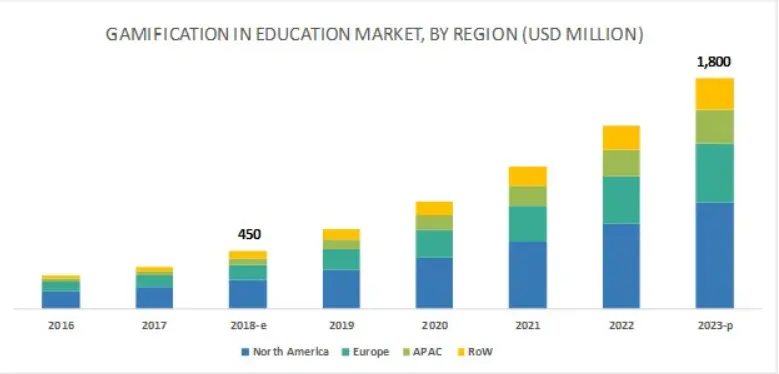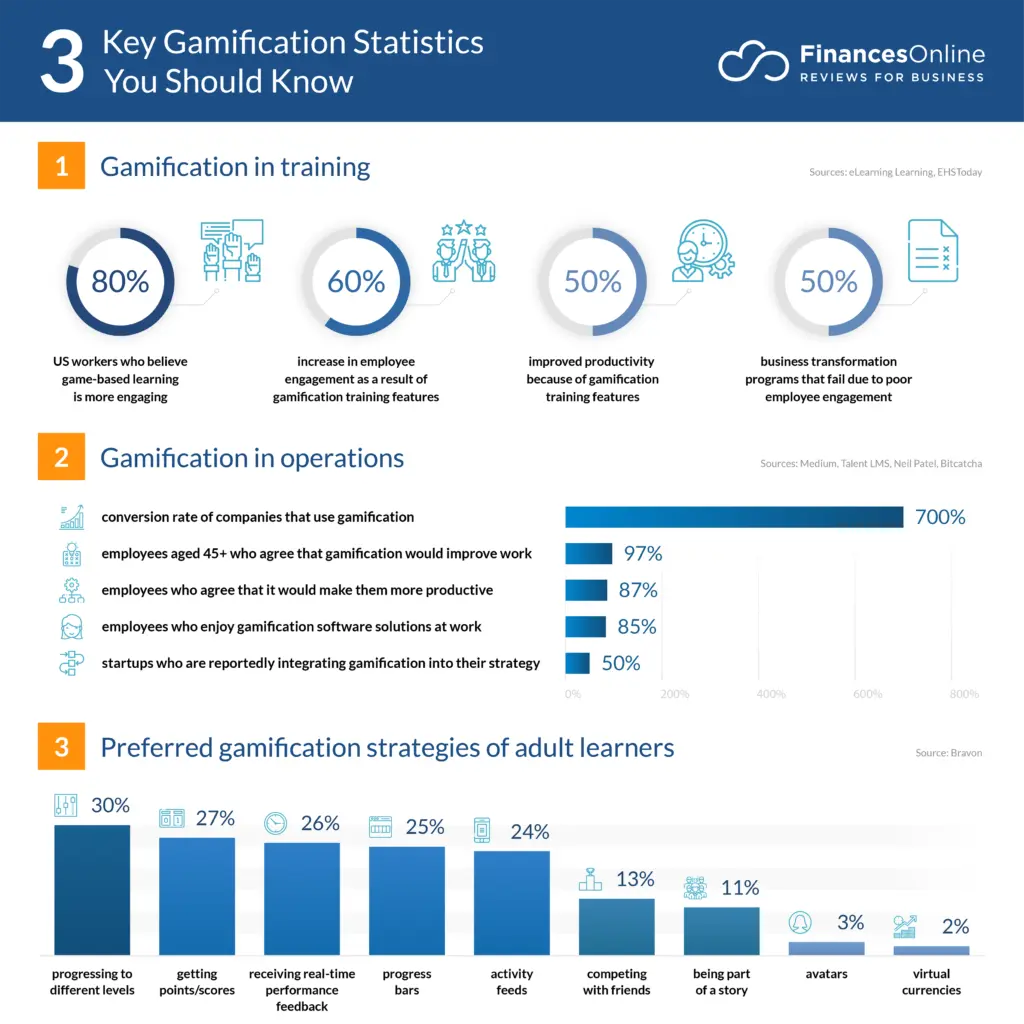Gamification has gained popularity as an effective teaching tool in recent years. Its integration of gaming elements into educational activities aims to enhance student engagement and motivation. By incorporating game mechanics like points, rewards, and challenges, educators harness the natural inclination of students towards games to make learning more enjoyable and interactive. The competitive aspect of gamification encourages learners to actively participate and strive for achievements. Moreover, gaming provides immediate feedback and iterative problem-solving opportunities, allowing students to learn from their mistakes. It also promotes collaboration, critical thinking, and problem-solving skills, making it a valuable tool in modern education..
In a high school history class, students were struggling to understand the complexities of the American Revolution. The teacher, Mrs. Hernandez, noticed that her students were disengaged and uninterested in the material. She incorporated a game-based learning program that simulated the events leading to the American Revolution.
In the game, the students were divided into teams and given specific roles, such as colonists, British soldiers, and political leaders. Each team had to make decisions that would impact the outcome of the war, such as whether to fight for independence or remain loyal to the British crown. The students had to analyze historical documents, negotiate with other teams, and strategize their next moves.
To their surprise, the students found the game fun and engaging. They were excited to come to class and learn more about the events leading up to the American Revolution. They also began to develop critical thinking and problem-solving skills as they navigated the game’s challenges. Mrs. Hernandez noticed that the students retained information better and were more confident in understanding the material.
Learning can be challenging and often tedious, especially in complex subjects like history, anatomy, or physics. Students may struggle to stay engaged and motivated, leading to low retention rates and a lack of interest in the subject matter. That’s where gamification comes in as a powerful teaching tool that can help make learning more fun and interactive.
Gamification incorporates game elements and mechanics into non-game contexts to make them more engaging and motivating. In recent years, gamification has become a popular teaching tool in education, training, and other fields.
By using games, teachers can make learning more enjoyable and effective while also developing students’ critical thinking and problem-solving skills.
One of the primary reasons why gamification works as a teaching tool is that games are inherently engaging and motivating. Games are designed to be fun and challenging, encouraging players to keep playing and learning. This engagement and motivation can make learning more enjoyable and effective when applied to educational contexts.
For example, in a high school history class, students may find the events leading up to the American Revolution dull and uninteresting. By incorporating a game-based learning program that simulates the events, students can engage in the material in a fun and interactive way. They can take on specific roles, analyze historical documents, negotiate with other teams, and strategize their next moves, all while developing critical thinking and problem-solving skills.
Another example of gamification in education is using games to teach complex subjects like anatomy or physics. Medical students may struggle to memorize the names and functions of hundreds of different muscles, bones, and organs. By using a game-based learning program that turns anatomy into a virtual scavenger hunt, students can engage in the material while also retaining information more effectively. They can identify different parts of the body within a virtual world, earning points and rewards for each correct answer.
Gamification can also help students develop important soft skills like collaboration, communication, and creativity. Games often require players to work together to achieve a common goal, which can help students develop teamwork and collaboration skills. Games that require players to communicate effectively with each other can also help students develop their communication skills. Games that allow players to be creative and innovative can help students develop their problem-solving and critical-thinking skills.
In conclusion, gamification can be a useful teaching tool in education. While gamification should not replace traditional teaching methods entirely, it can be an effective way to supplement and enhance the learning experience. Moonpreneur understands the importance of incorporating gamification into education and offers online STEM programs that use game-based learning to teach futuristic sciences like Robotics, Game Development, App Development, and Advanced Math. Register for a free 60-minute Robotics class today and ignite your child’s interest in learning through gamification.
Source: moonpreneur.com
Hashtags: #Gamification #Gaming #Teaching #Tool









Leave a Reply